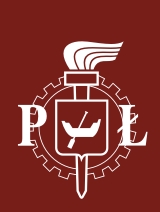
THE ELECTRICITY SUPPLY SYSTEM ASPECT
Problems concerning all sector performance
Nuclear safety : Main requirements in the field of nuclear safety
Engineered safety systems are designed to fulfil three main postulates of reactor safety keep:
Goals are clear and they seem to be easy to be fulfilled. But during accident systems have to be effective even if there is no water and electricity supply. For nuclear reactor negative feedback of temperature and reactor's output power is indispensable. Shortly, negative thermal reactivity factor is needed. Then if temperature is increasing, heat generation is decreasing until shutdown. This requirement was not fulfilled in RMBK design, in Chernobyl in 1986. Moreover nuclear power plant is designed to operate properly meeting with n-1 criterion. Safety system has to be reliable in case of its any, one component failure. One component failure means any active or passive mechanical malfunction or any single human error. This requirement is obtained by multiplied systems. Making systems redundant is more expensive but it brings sense of security. Moreover today, modern nuclear energy systems must be equipped, in a vast majority, with passive safety systems based on natural phenomena like gravity or energy of pressurised gases. [19], [86]
-
Nuclear power industry|
Technology|
The electricity supply system aspect|
Economics|
Environment|
Public aspect|
Future|
Legislation|
References|

